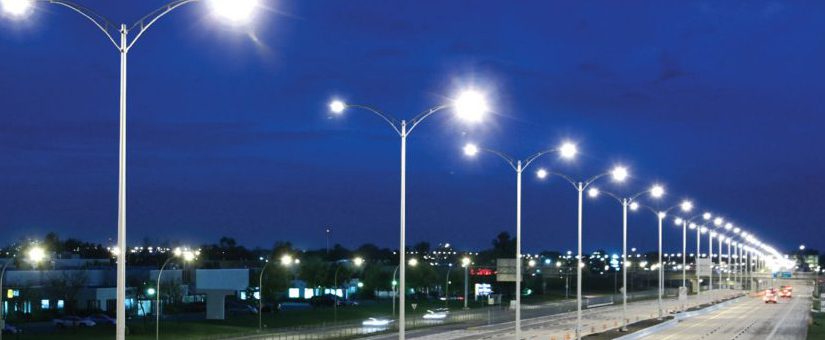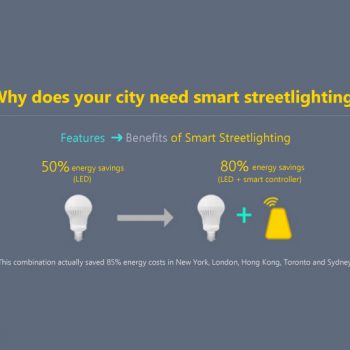
How Long Does It Take for an LED Streetlight Conversion to Pay For Itself?
- Posted by SolutionsTeam
- On March 17, 2022
- 0 Comments
Streetlighting has been in use since at least the 1500s, but LED streetlights have only been in existence since the early 2000s, with pioneering cities like San Jose, California and Milan, Italy being among the first to convert their sodium and mercury vapor lights to LED starting around 2012. But although the cost of LEDs has come down dramatically over the last ten years, converting a whole city’s streetlights to LED comes with a hefty price tag. So why are so many cities – around the world – taking the leap? LED lights have a number of advantages over their predecessors, but the most important one is that, over time, they save energy and money. A lot of money. The question is, how much can they save a city, and how long does it take to achieve breakeven? How can you work out exactly when the ROI will start returning money back to the city coffers?
The Bottom Line
The exact breakeven point depends on a number of factors which we will examine in detail. But the experience of countless municipalities around the world shows that you will start saving money from the moment of changeover, and can be pretty sure to get your money back within 6-10 years. To get a more accurate answer you will need to examine a number of factors, and these factors vary from country to country, from state to state, and even from city to city. But first let’s examine where those savings are coming from.
Savings
Savings Factor 1 – Electricity. Because LED lights consume less than 50% of the power of legacy streetlights, how much you can save depends on how much your power costs. This cost can vary enormously. In the USA it can be as high as 15 cents/kWh or as little as 8 cents/kWh, (commercial rates). In Europe the range is similar, though taxes may be higher. Also bear in mind that because of the better spread of LED lights, some cities have decreased the number of poles, sometimes as much as 50%.
Savings Factor 2 – Maintenance. LED lights last as much as 10 years compared to 1-2 years for regular halide or vapor lights. Like the Energizer bunny, they just keep going on and on. This results in a greatly reduced need for maintenance calls and truck rolls, resulting in further savings in labor and equipment.
Savings Factor 3 – Dimming and Day Burners. If you decide to go for smart streetlights with a central management system (CMS) rather than photocell-based on/off, you can make extra savings by dimming the lights during periods of least use, saving more energy. The fine-grained status reporting down to an individual pole will also eliminate day burners as well as the need for night patrols.
Costs
Cost Factor 1 – Hardware. Naturally this is the largest capital cost. If your poles are in good condition then all you need to do is replace the luminaire on the top. You then have a choice:
- LED lights with photosensors (basic on/off depending on ambient light levels)
- LED lights with smart controllers (more expensive, but save as much as 15% more with dimming schedules, central monitoring and fault diagnosis, proactive maintenance, asset tracking, etc)
Cost Factor 2 – Software. If you are going for smart streetlights then you will need a central management system or CMS. Although this can be either on-premise or cloud-based, there are distinct advantages to the cloud version including better security and automatic software updates.
Cost Factor 3 – Labor. There is an initial labor cost for converting the lights to LED.
Adding It All Up
As always, your mileage will vary, depending mainly on how many streetlights you have, and the cost of your electricity. But you can be pretty sure of breaking even in the 6-10 years range.
This is one in a series of blogs about smart streetlights. As many municipalities are now finding, Smart Cities start with Smart Lighting.



0 Comments